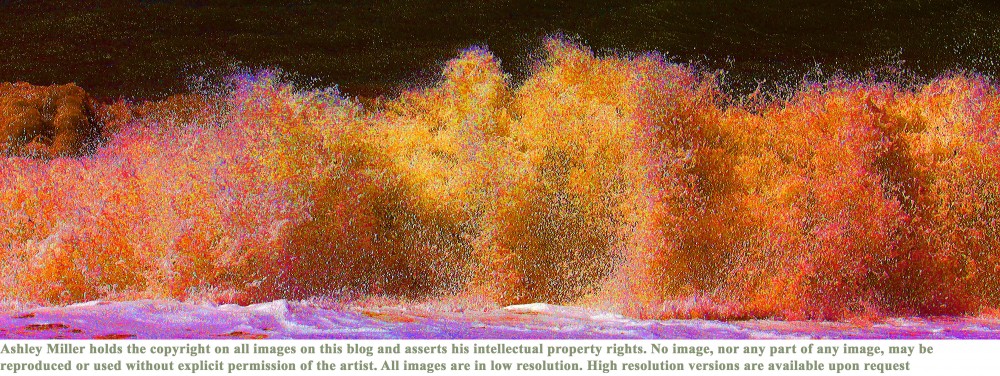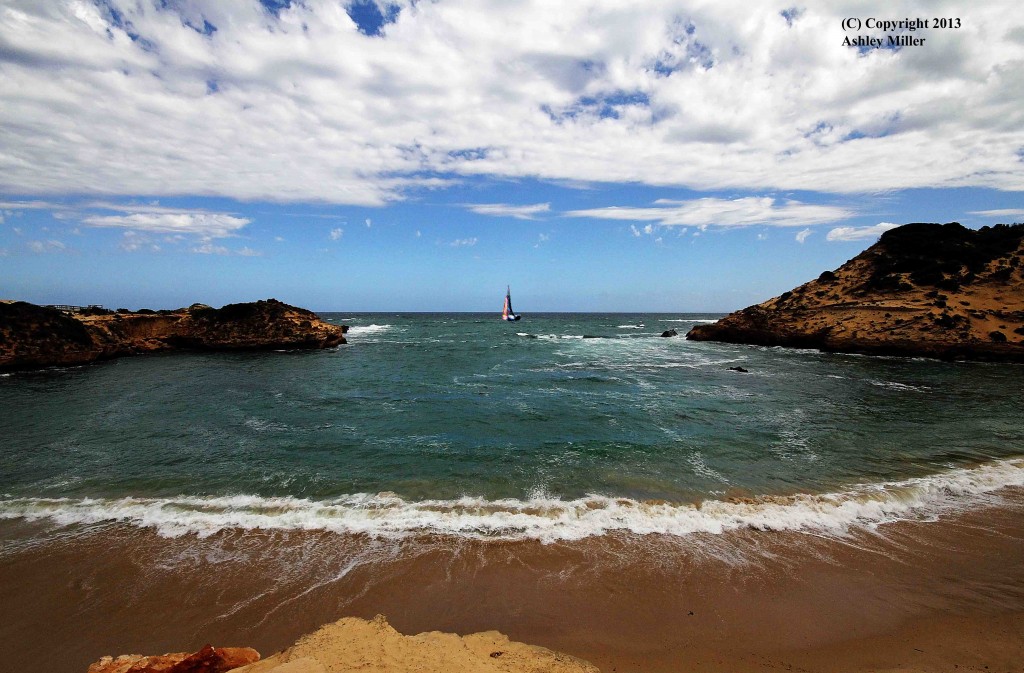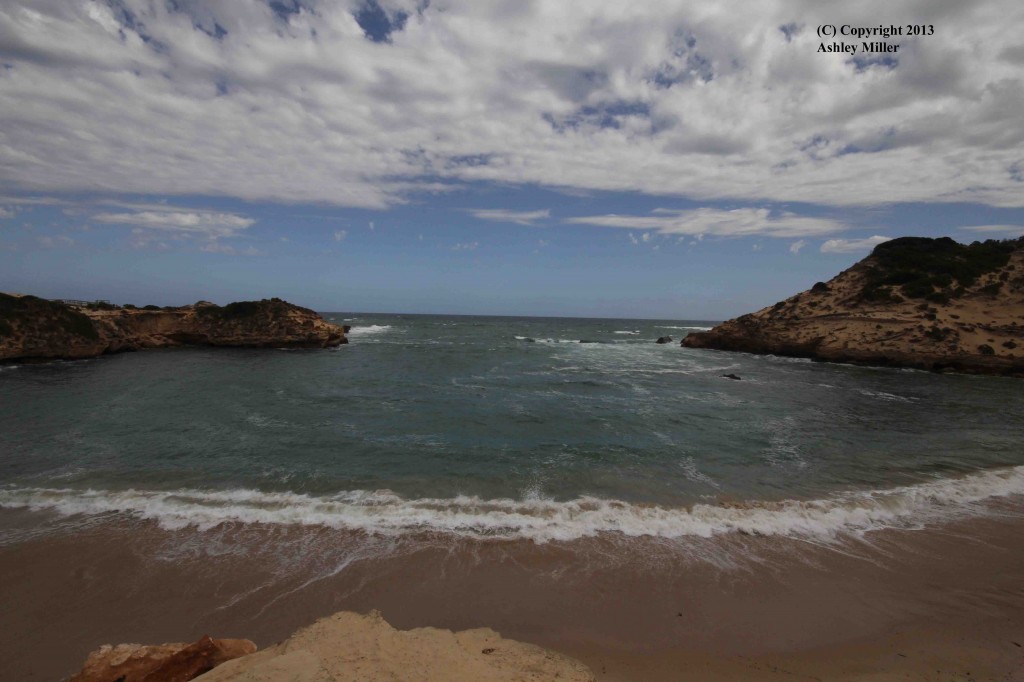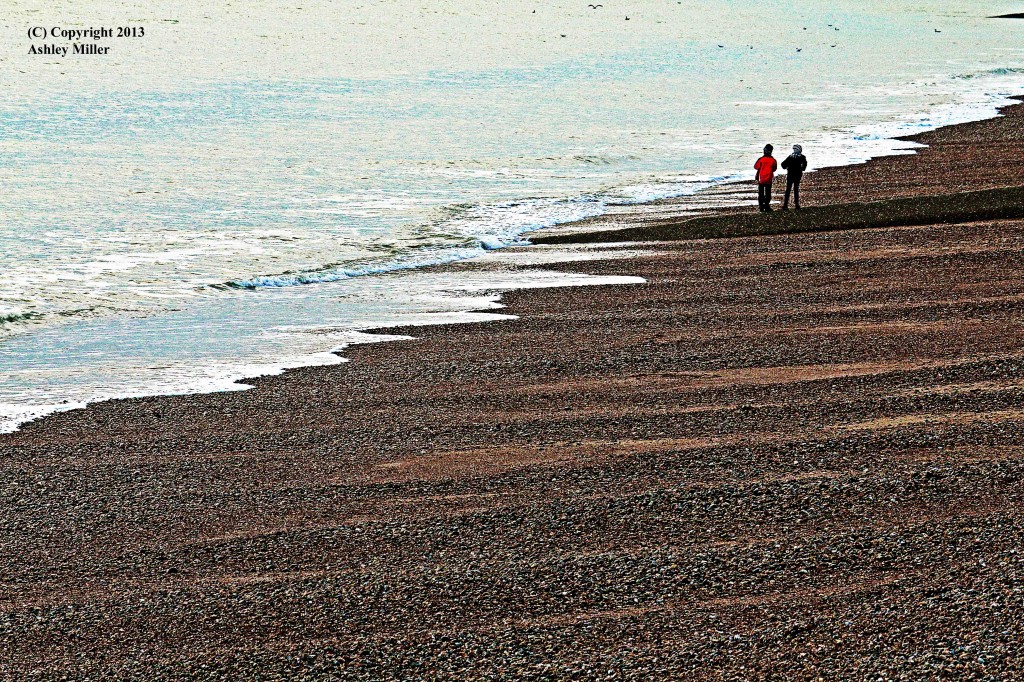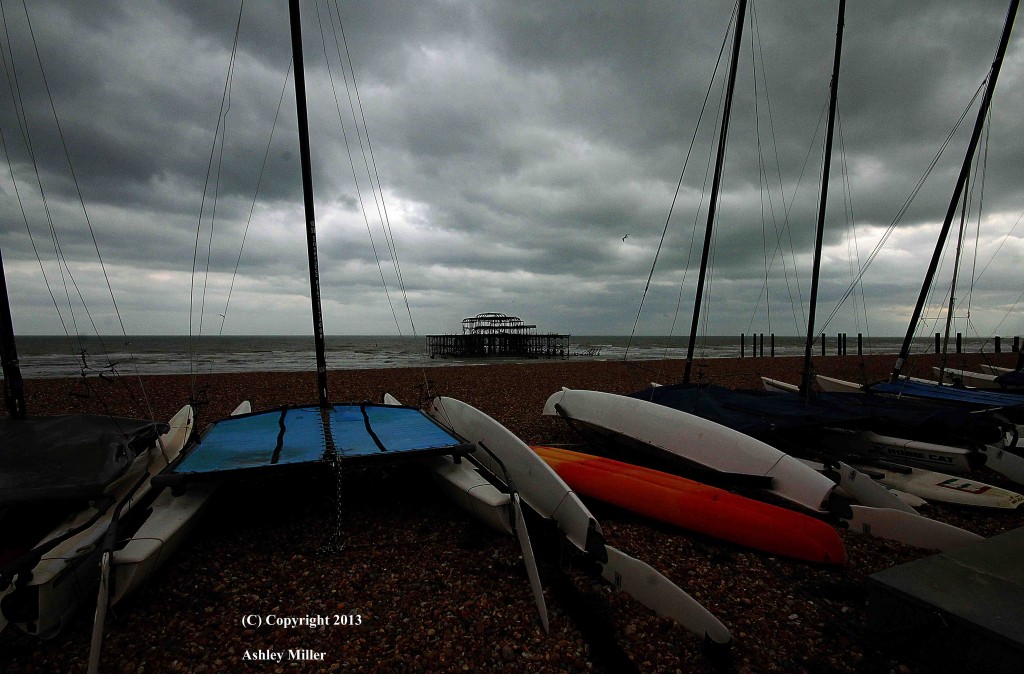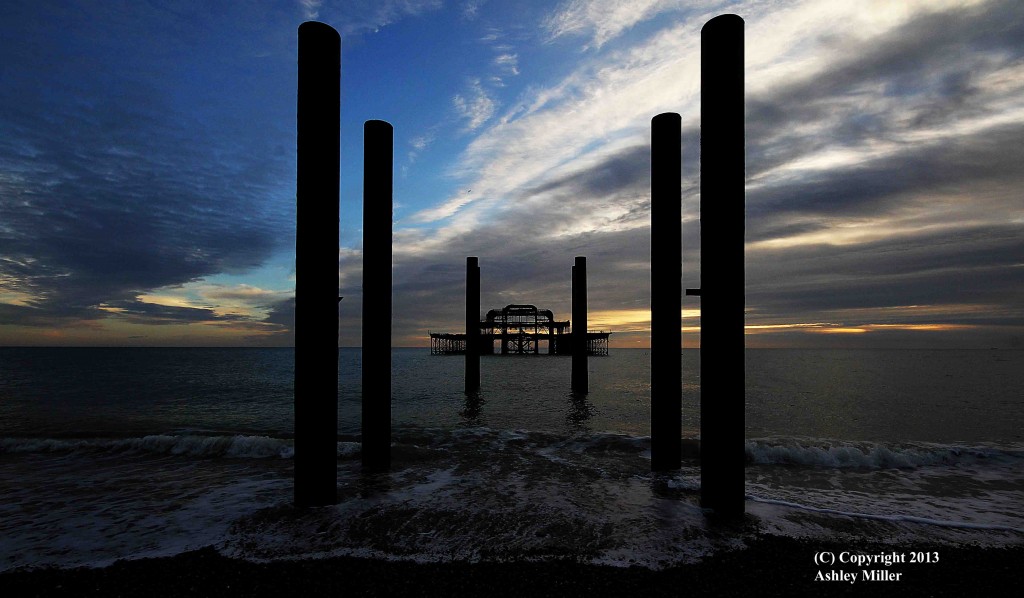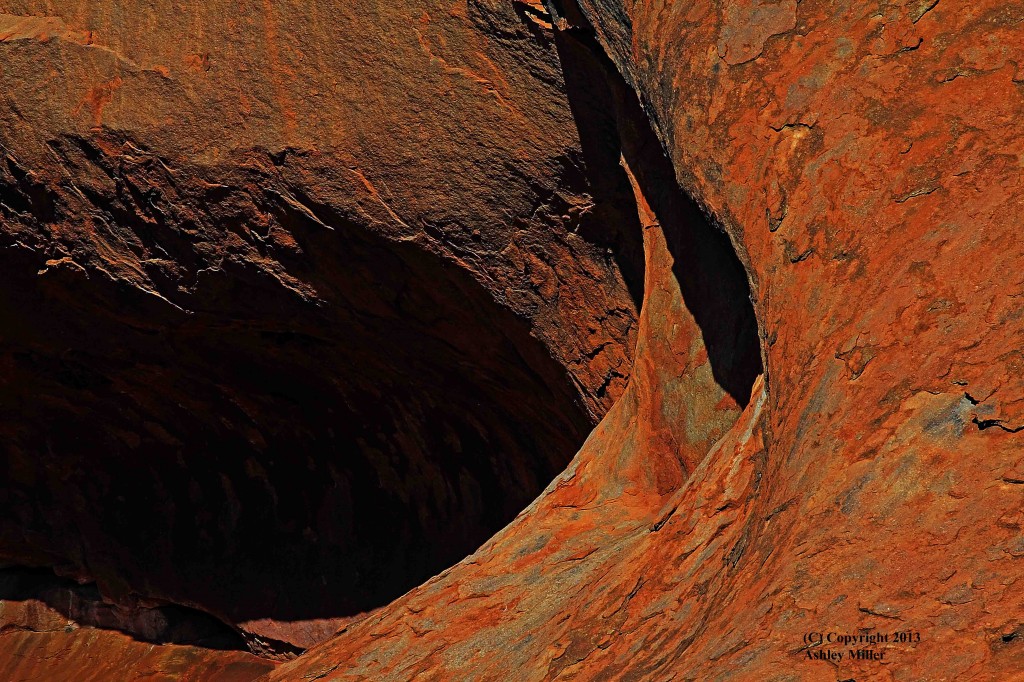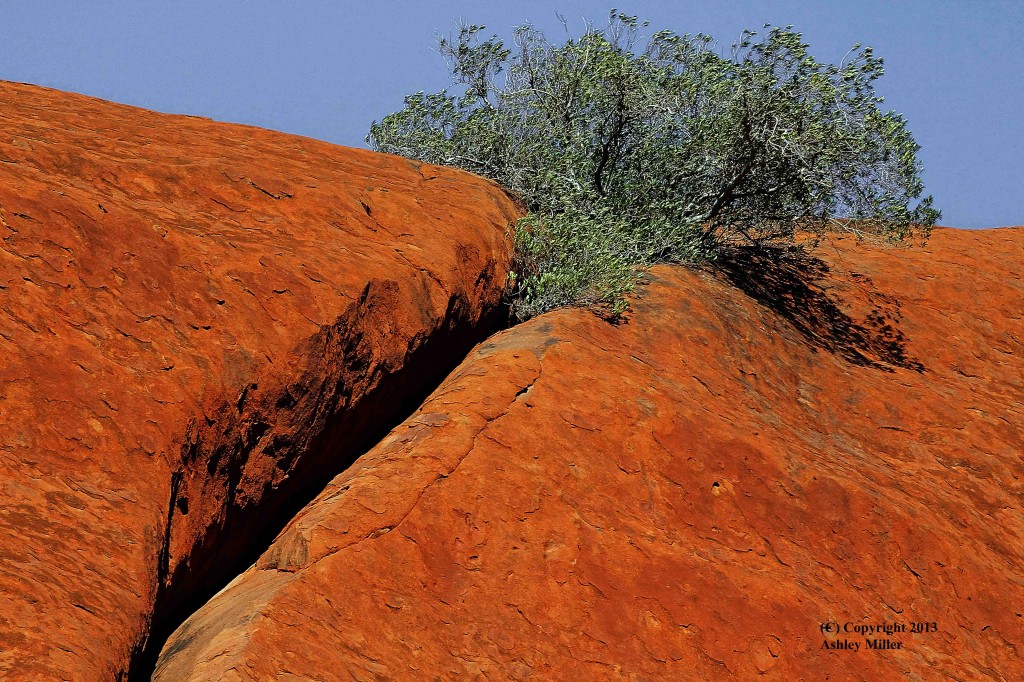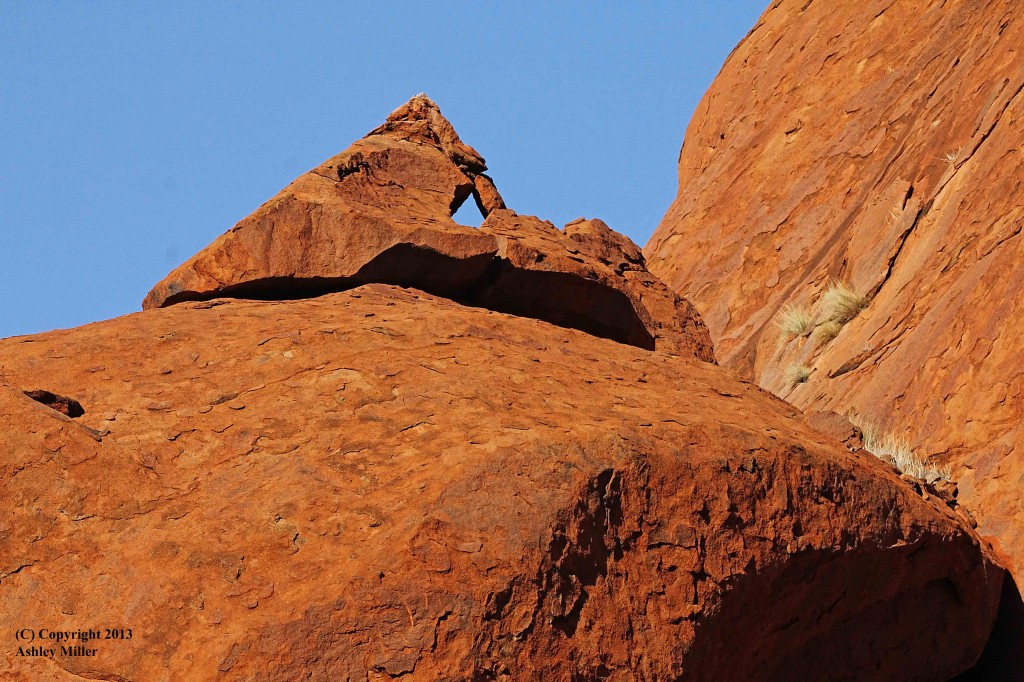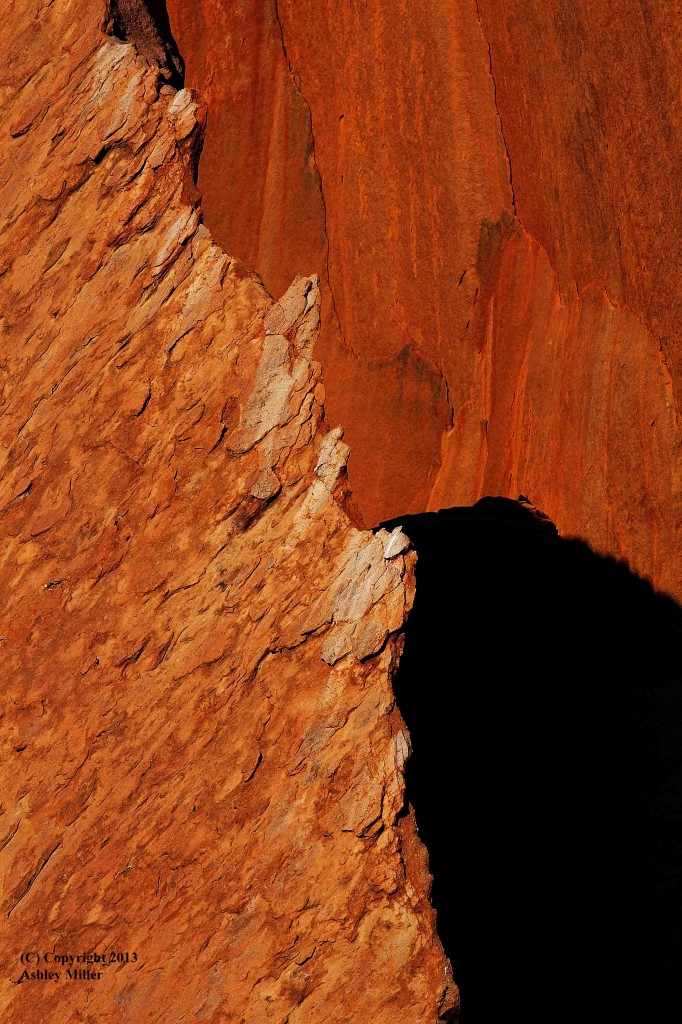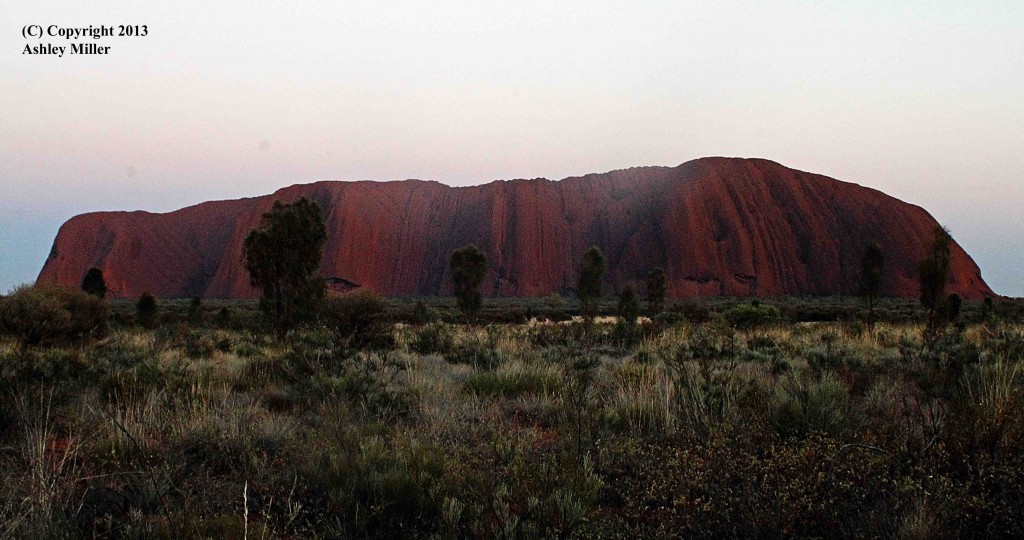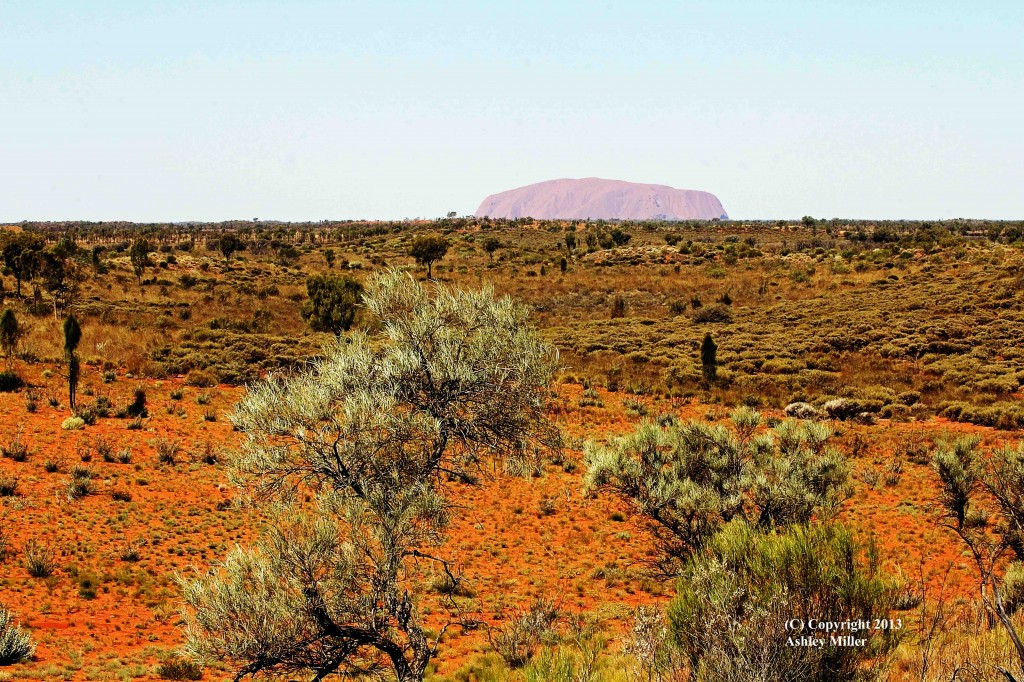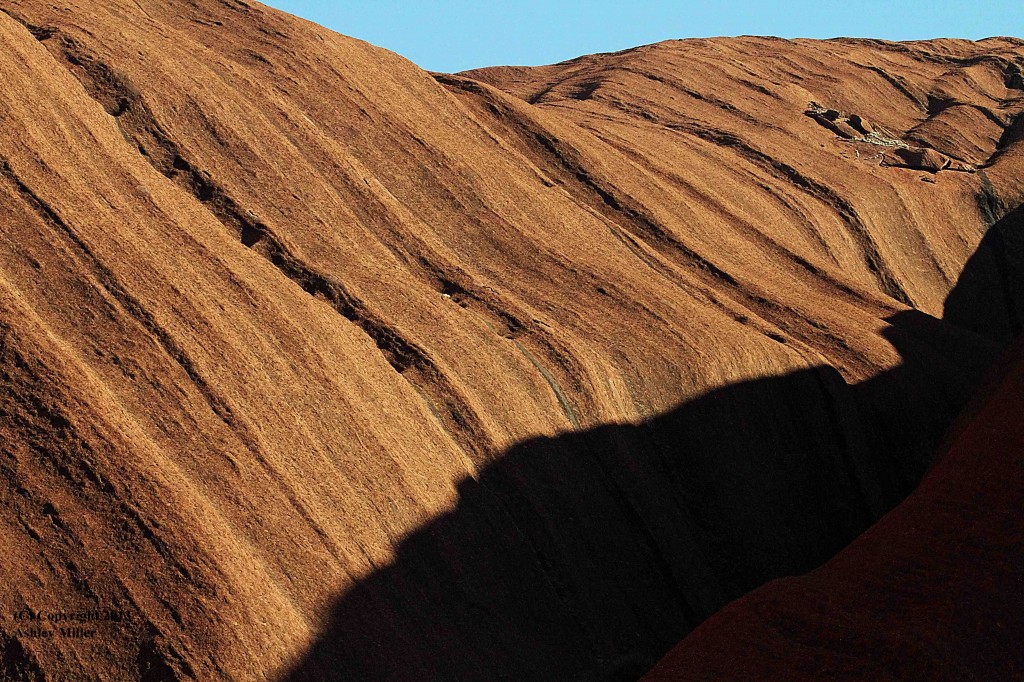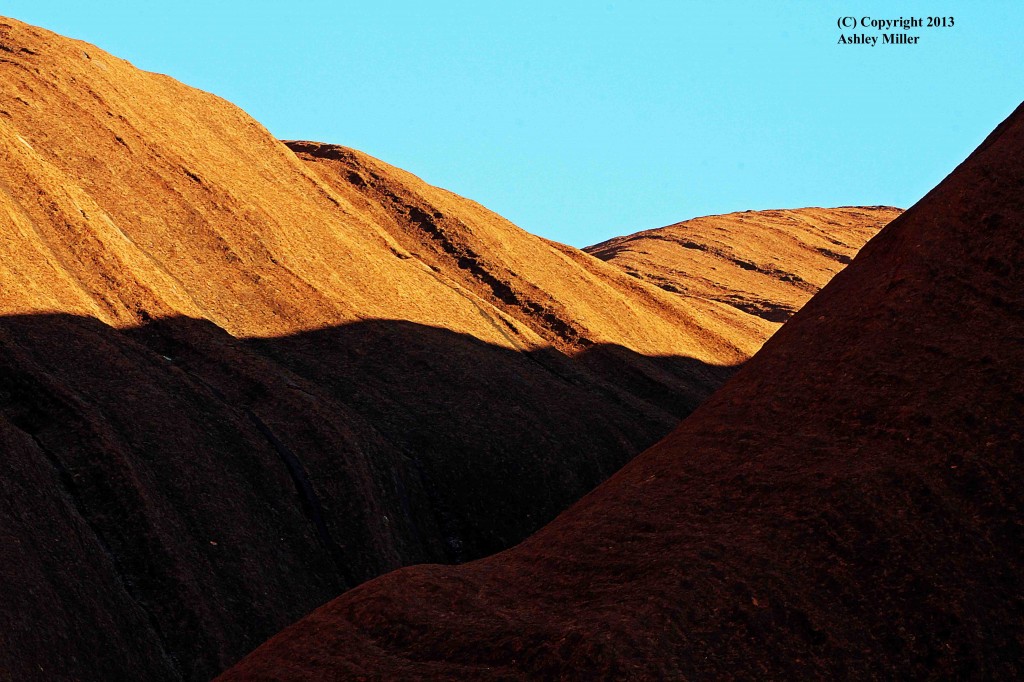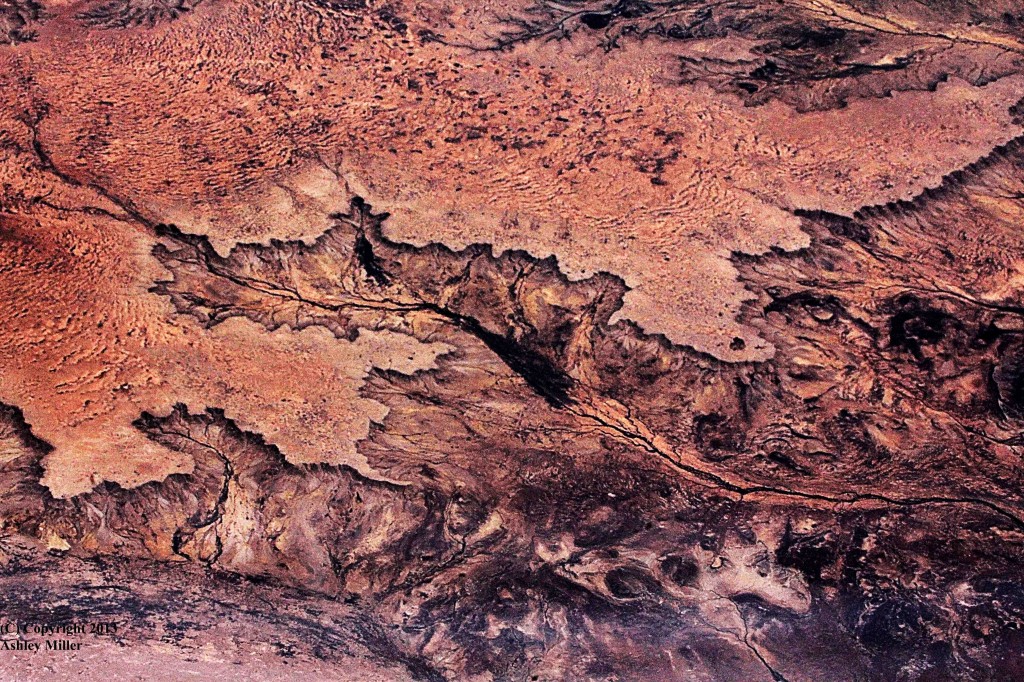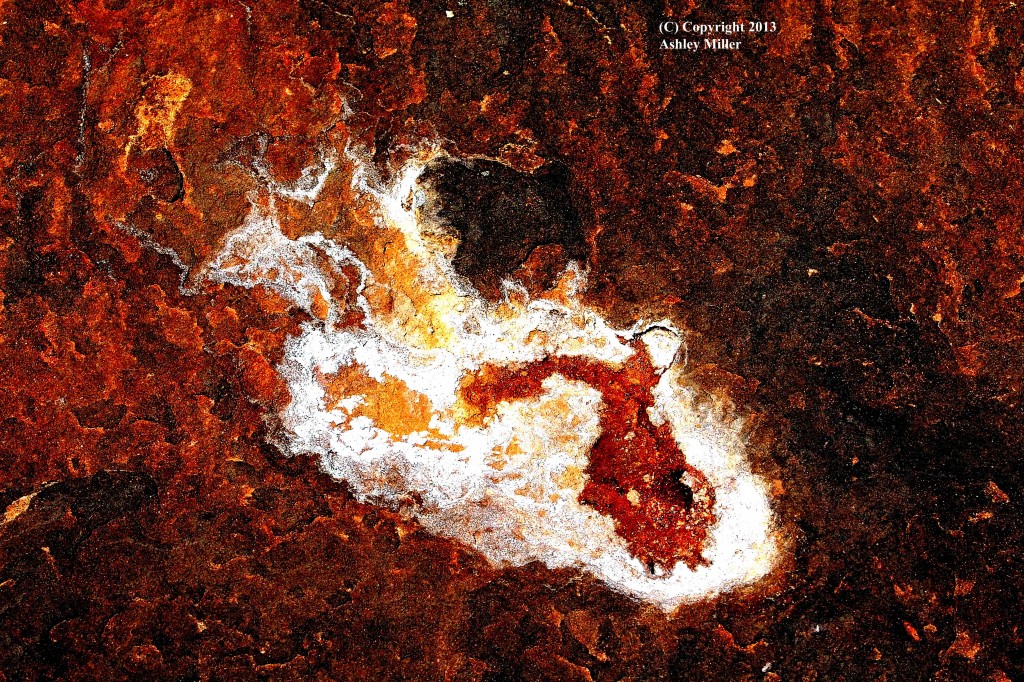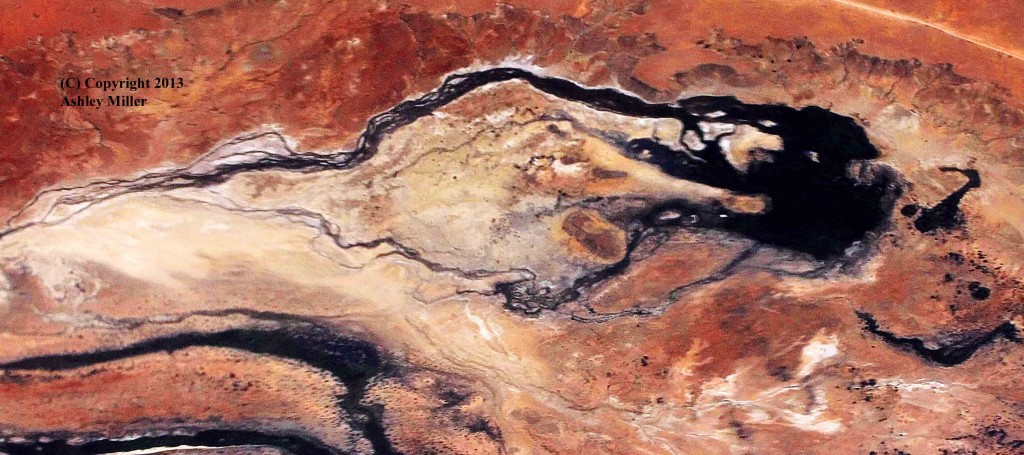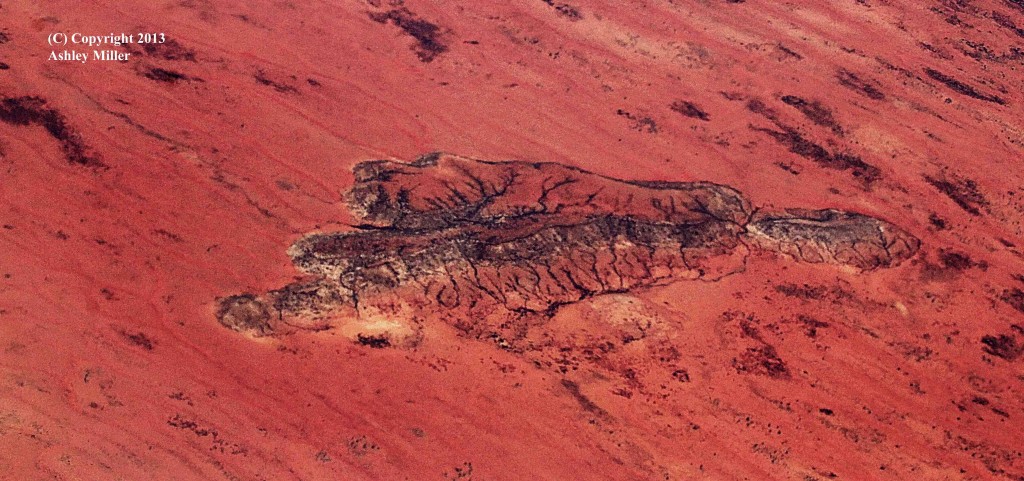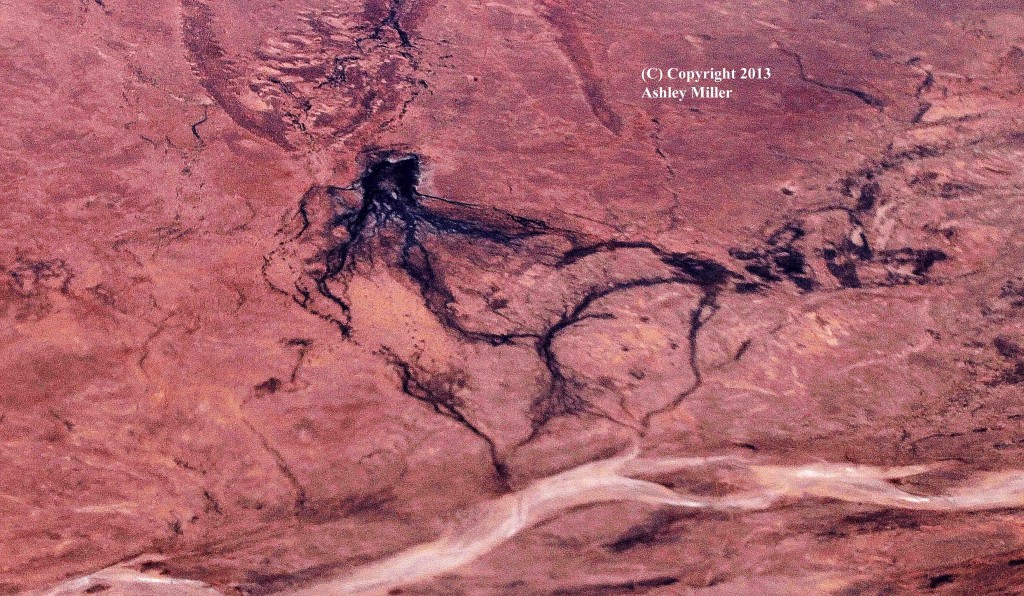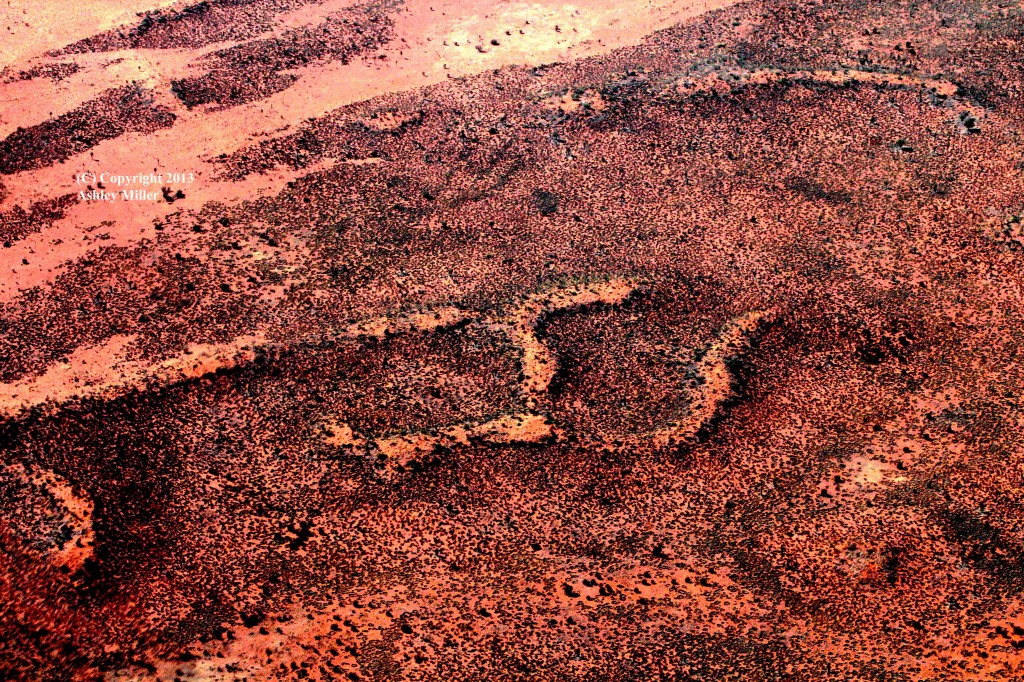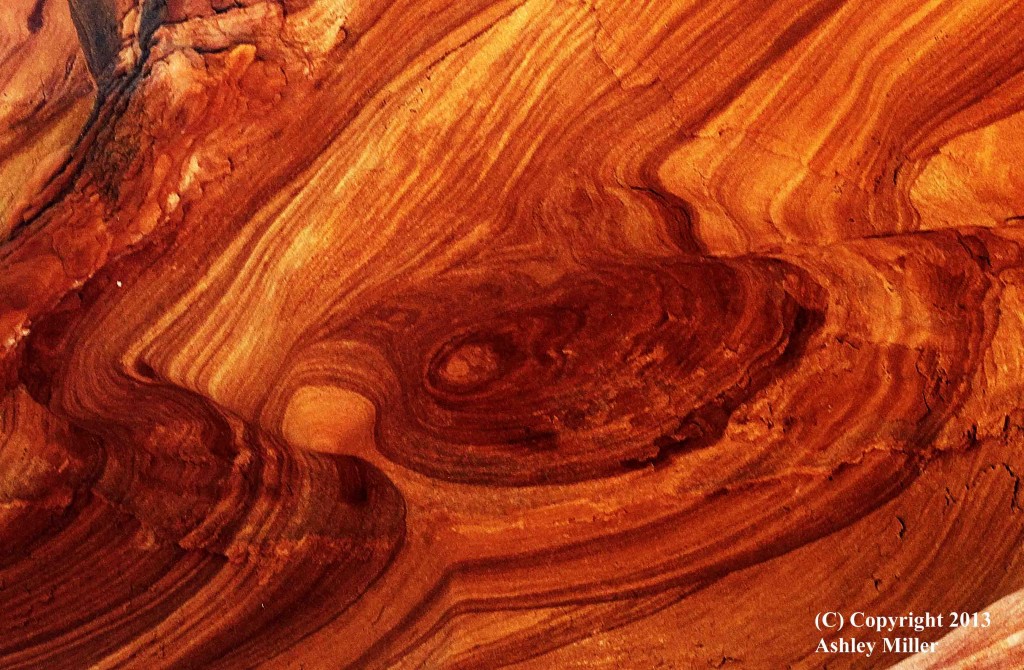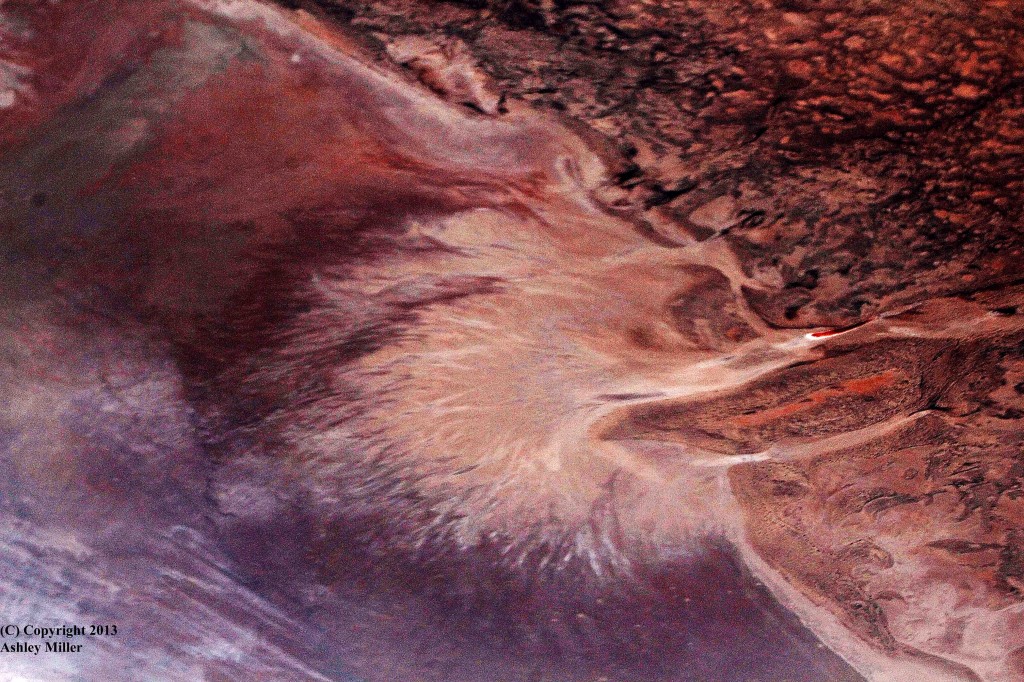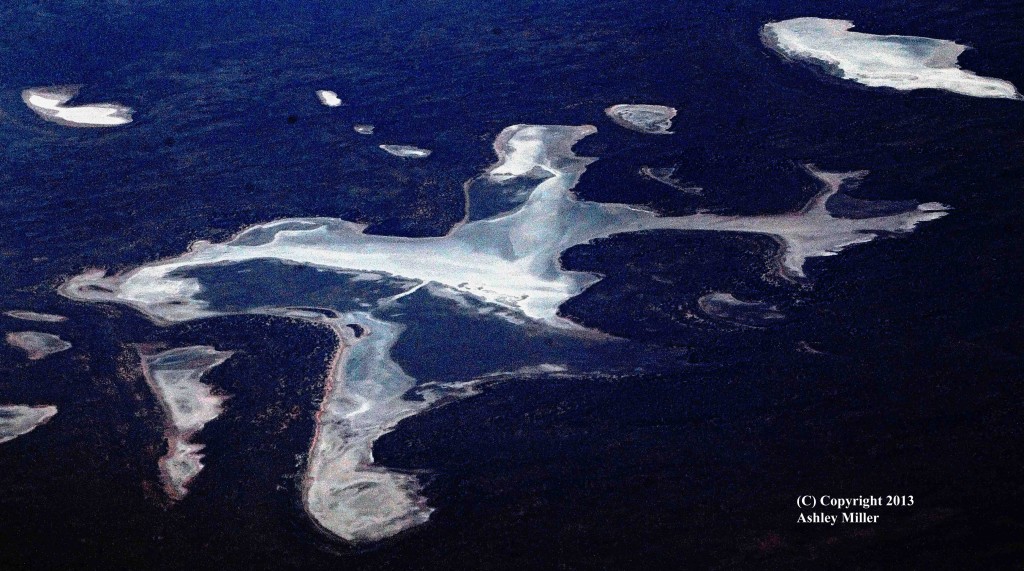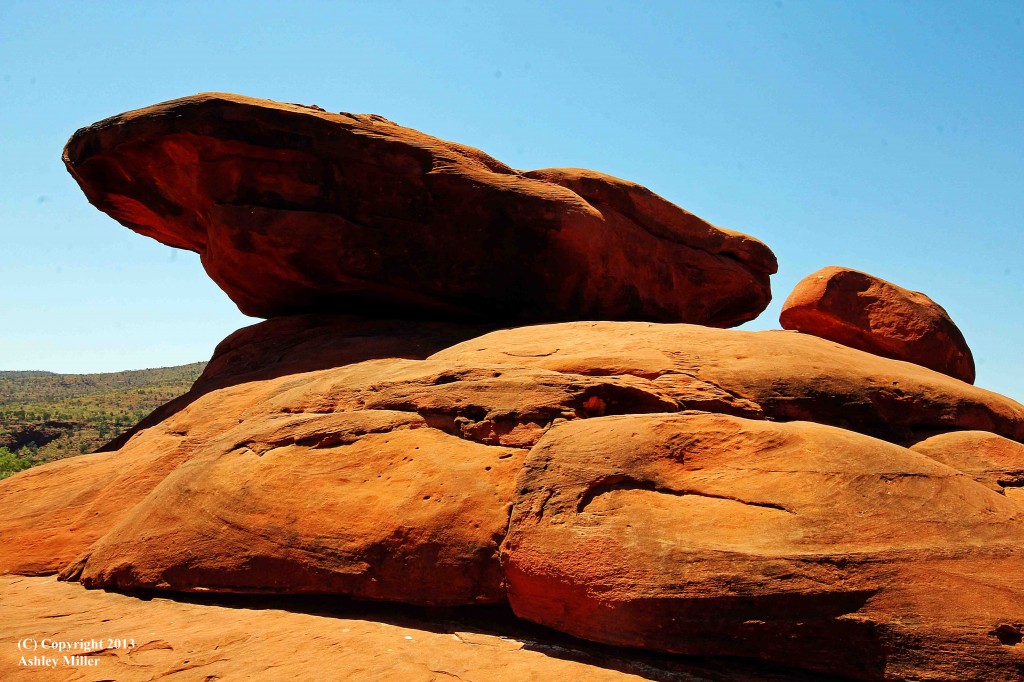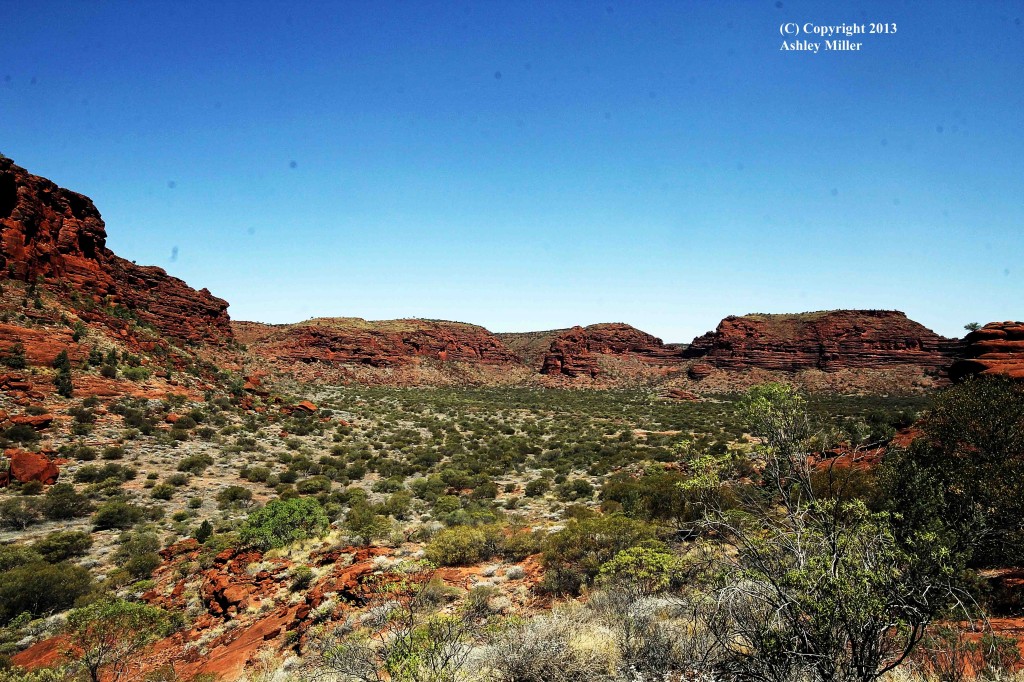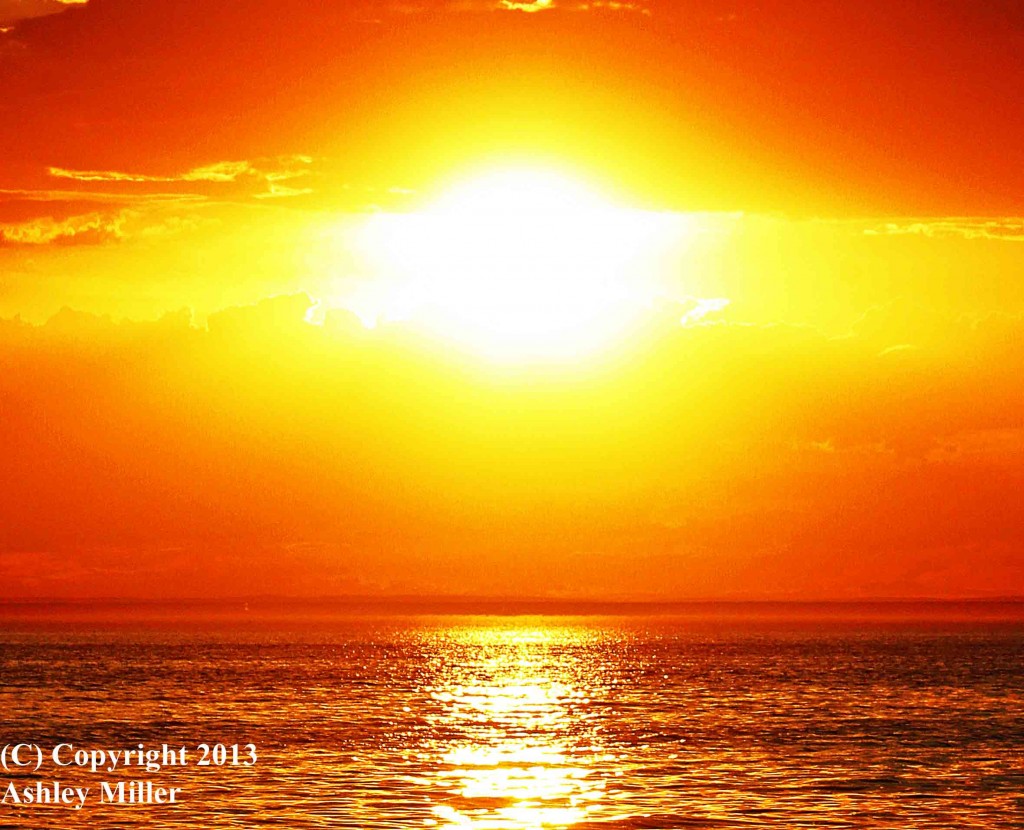When trying to describe the contribution of the photograph to our much imaged world it is commonly stated that the photograph records what is actually there. Or does it really? Even in an un-photoshopped image what was actually there has been distorted and manipulated by many factors that we have chosen … lens, aperture, shutter, ISO setting of film or digital sensor, under/over exposure (deliberate or accidental) to name a few … and factors we are only dimly aware of … the way the software of our digital camera or the way the industrial chemist engineered the film, each to interpret and manipulate the light entering the lens. Even the basic photograph, untouched by photoshop or darkroom manipulation is only an interpretation of what was actually there. And then we go into the darkroom or sit at our computer with the base photo and for the latter we view this photo through yet more software, both the basic software that allows the image to be seen at all and then the more advanced software, like photoshop, that allows to take the base photograph and use our imagination to create an image; photoimagination! So the proud boast of some about their un-photshopped images displaying what is actually there and being the true photographers’ art is just delusion and vanity; create what you will, it is your choice, skills and imagination.
This image started as a photograph of a pretty bay on the Mornington Peninsula (Victoria, Australia).
And this is the base photo.
So I tweaked it and tidied it up in photoshop and was moderately pleased with the result. Yet only moderately pleased. If only Gaia had arranged a large rock in the foreground or a jagged islet a bit further out then the eye would have been drawn into the image. But she left it as a simple bay. So I gave it a yacht. This is a technique I am yet to master and it took many attempts to get a yacht of the right size in the right place, rather than a bizarre space yacht hovering in the sky. And it was still not quite to my satisfaction so I coloured the white sail red; and that took many attempts to get the right amount of redness for it to be just noticeable and not a luminescent blob in the middle of the image.
And this illustrates a further point; a touch of red draws our eyes into the image. The next image would have been just a study in the texture and pattern of pebbles on Brighton beach (see the previous blog entry) but these two kids wandered into sight as they played on the beach, and one of them had a red jacket. This time they were genuinely there and the kid genuinely had a red jacket; so a lot less effort from the photimaginator needed, just a tweak and tidy and here we are.
